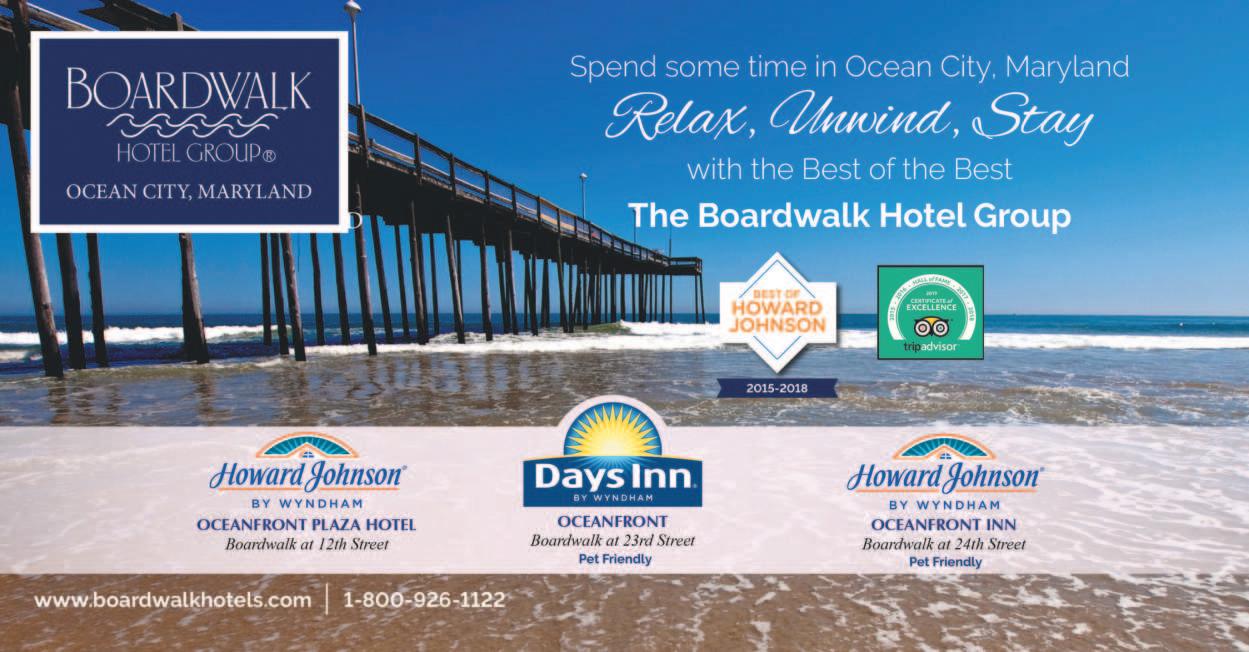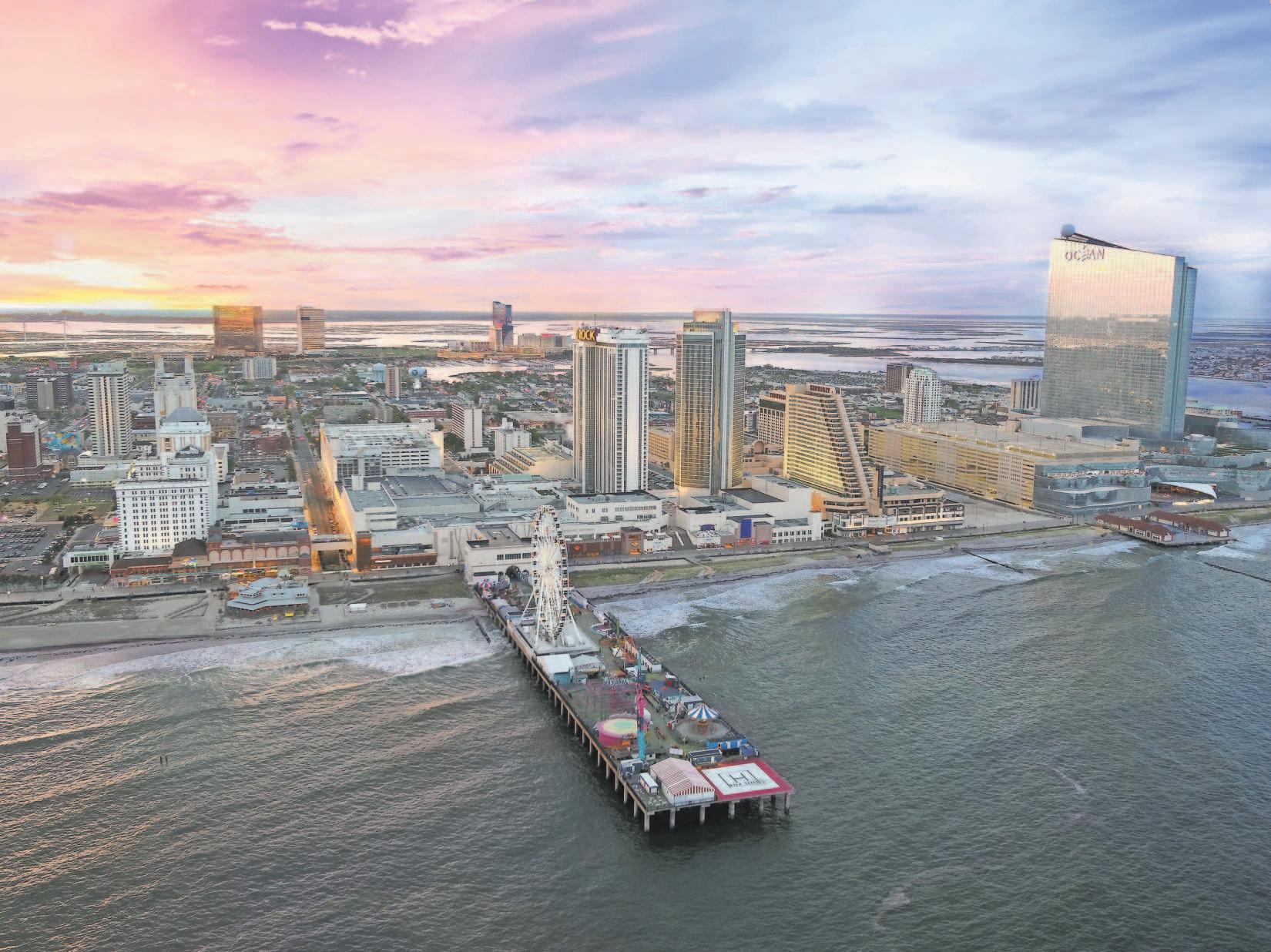
4 minute read
MARYLAND
MARYLAND | ANNAPOLIS
USA TODAY SPECIAL EDITION
Advertisement
Maryland State House
VISIT ANNAPOLIS
Stroll Through the Past
Annapolis reveals its story one block at a time
By Adam Stone
THE HISTORIC CITY OF Annapolis, Md., has seen its fair share of trouble.
In 1765, a mob sent the Crownappointed stamp tax collector Zachariah Hood running out of town in fear for his life. During the Civil War, the city’s strategic location made it a focal point in the defense of Washington, D.C. , and it was one of the cities caught up in the “Red Summer” racial violence of 1919.
The point is: This is a town that knows how to weather a storm. Even with many businesses — including the U.S. Naval Academy , normally a must-see for visitors — closed or curtailed by COVID-19, it retains its Colonial-era charm.
A casual stroll through the historic downtown district will reveal a wealth of architectural gems, many of which speak quiet volumes about the early history of the region and the nation.
Most visible among these is the Maryland State House . It’s the oldest state capitol in continuous legislative use, and was briefly the home of the Continental Congress. It was here that the Treaty of Paris was ratified, marking the official end of the Revolutionary War, and it was where George Washington resigned his military commission.
The city’s other architectural highlights include a number of historic homes.
CONTINUED
USA TODAY SPECIAL EDITION
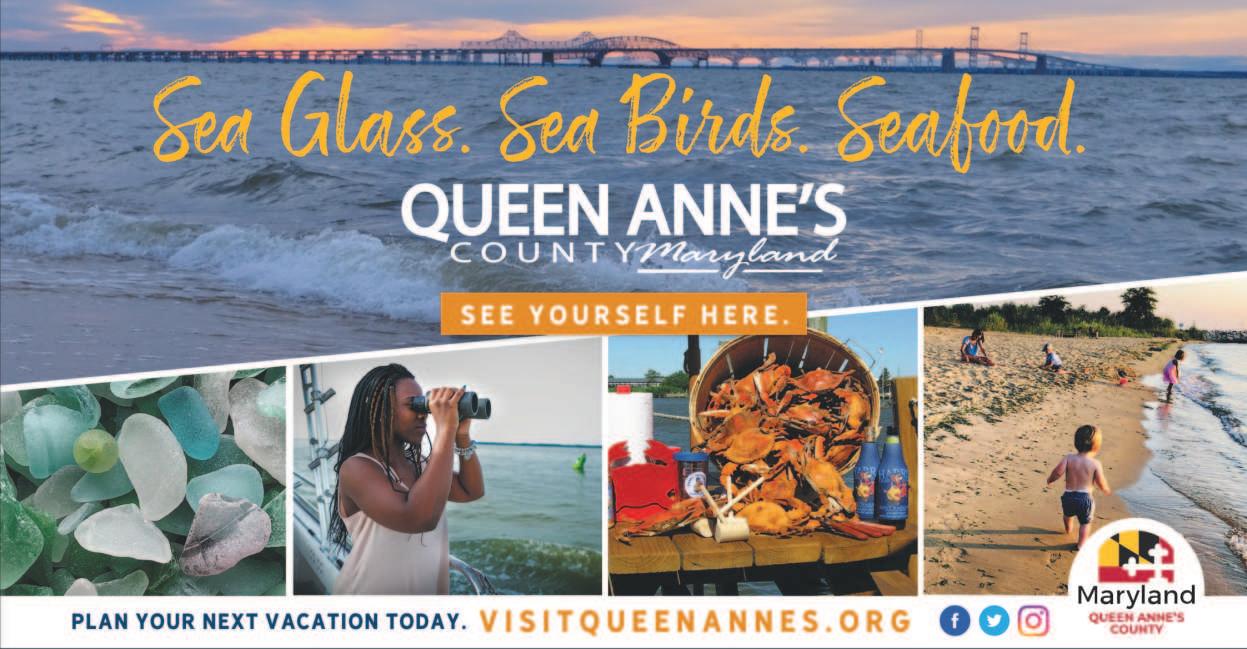

MARYLAND | ANNAPOLIS
USA TODAY SPECIAL EDITION
William Paca House

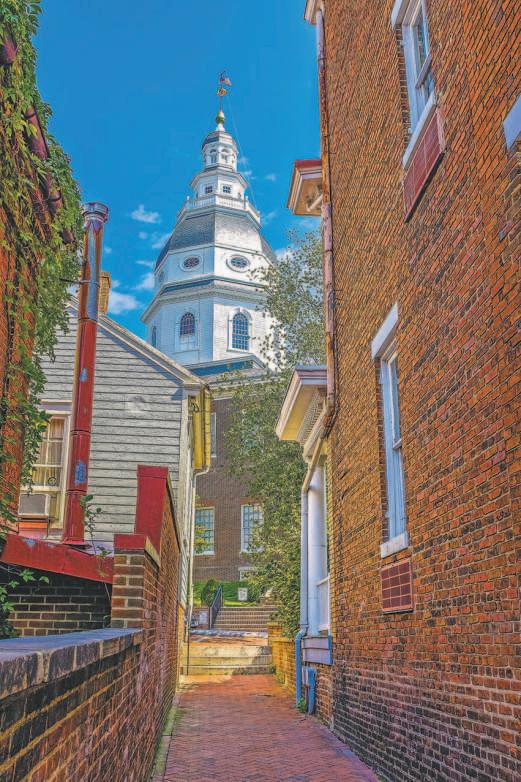
Maryland State House

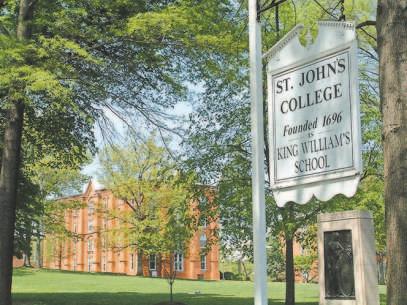
Work began on the Hammond-Harwood House in the mid-1770s, when tobacco farmer and state delegate Matthias Hammond bought a 4-acre site. He commissioned English architect William Buckland to build a house where the Anglo-Palladian design is noted today for its proportion and grace.
Just a stone’s throw away is the William Paca House , a Georgian mansion built in the 1760s by Paca, one of four Marylanders who signed the Declaration of Independence and a three-term governor of the state. Once used as a hotel, the house was painstakingly restored by a team of archival researchers, archaeologists, architectural historians and others. It was named a National Historic Landmark in 1971 by the National Trust for Historic Preservation.
A few short blocks away, visitors can amble the compact but charming campus of St. John’s College , an assemblage of historic brick buildings and rolling green lawns. Traditionally, midshipmen from the Naval Academy go head-to-head with Johnnies in a spirited croquet match for the Annapolis Cup — an event for which locals don their turn-of-the-century finest — but the annual contest was sidelined this year by the coronavirus.
Having strolled amongst these closely situated downtown sites, more adventuresome visitors may wish to explore Annapolis’ series of littleknown side streets and alleyways, the scenic cut-throughs that offer novel glimpses of the city.
There’s Chancery Lane, a footpath between Annapolis’ State Circle and Main Street; and Ridout Alley, which connects Main Street and Duke of Gloucester Street. Often overlooked, the brightly colored homes of Pinkney Street are among the oldest and most picturesque in town.
As you explore, watch for the colored marker signs that adorn many of the historic buildings. Red markers highlight Georgian architecture (1700s to 1800s); blue is for the Federal style (1780s to 1840s); green denotes Greek Revival (1820s to 1860s); and purple identifies Victorian structures (1869-1901).
From downtown, an easy stroll across the Spa Creek Bridge takes visitors to the residential Eastport neighborhood. This enclave jokingly
Chancery Lane
VISIT ANNAPOLIS
declared itself the Maritime Republic of Eastport some years back, “seceding” from the city while the bridge was closed for repairs. Its charming cottages and more imposing homes still offer a pleasing reprieve.
Back downtown, the waterfront is the picturesque heart of the city and a typical destination for weekend visitors. There are plenty of spots to set up an impromptu picnic along Ego Alley, the narrow channel of water that guides boaters from the Chesapeake Bay right to the center of the city.
A stroll along Ego Alley leads to Susan Campbell Park , with its sweeping views of the Severn River, gateway to the Chesapeake Bay.
Nearby Maryland Avenue has long been a tourist destination, a picturesque street chock-full of boutiques, antique stores, coffee shops and bookstores. The historic storefronts and treelined side streets make for a relaxing afternoon amble, a pleasing reminder that whatever the trials of the day, Annapolis endures as a vital symbol of the mid-Atlantic’s historic and cultural heritage.
USA TODAY SPECIAL EDITION
